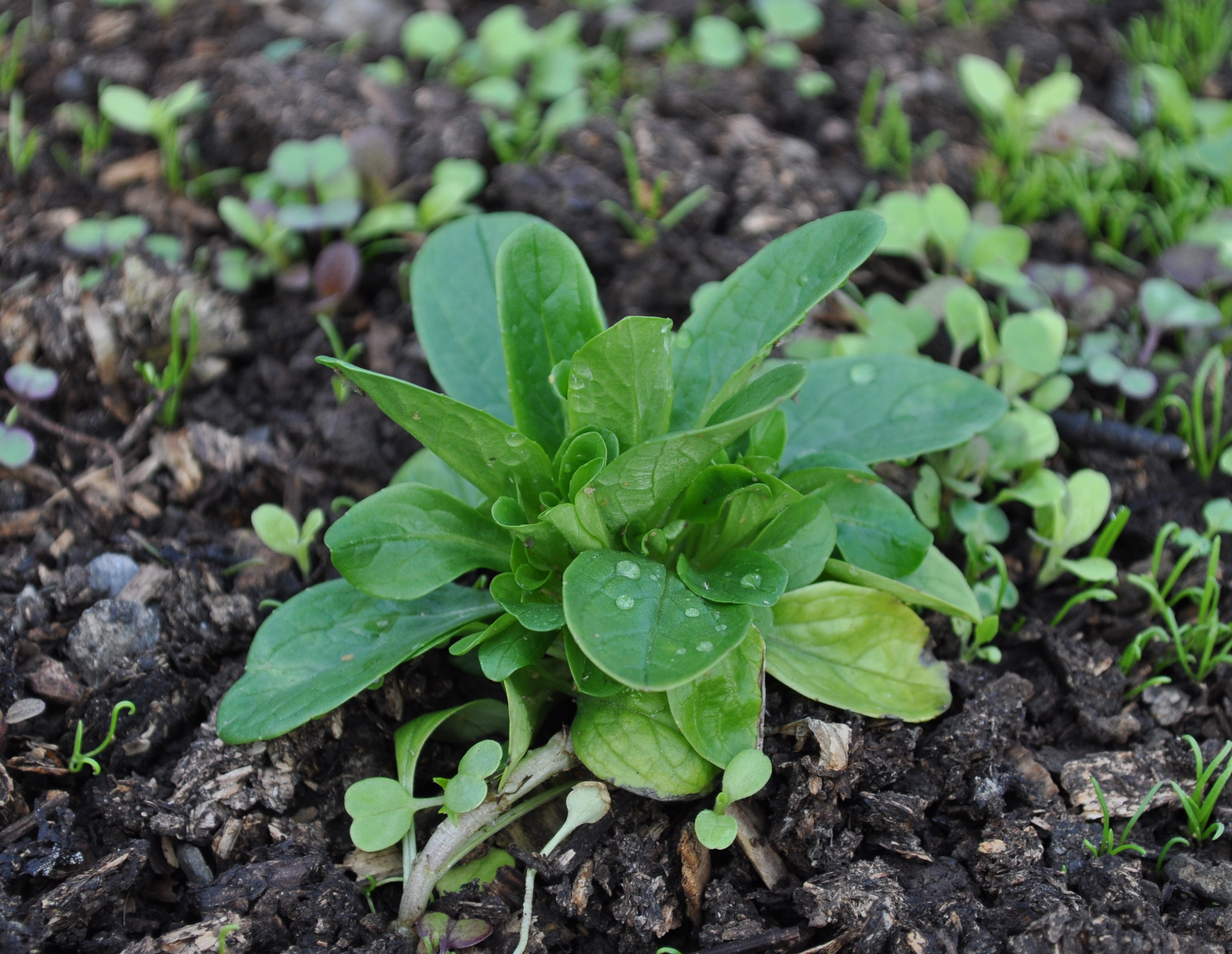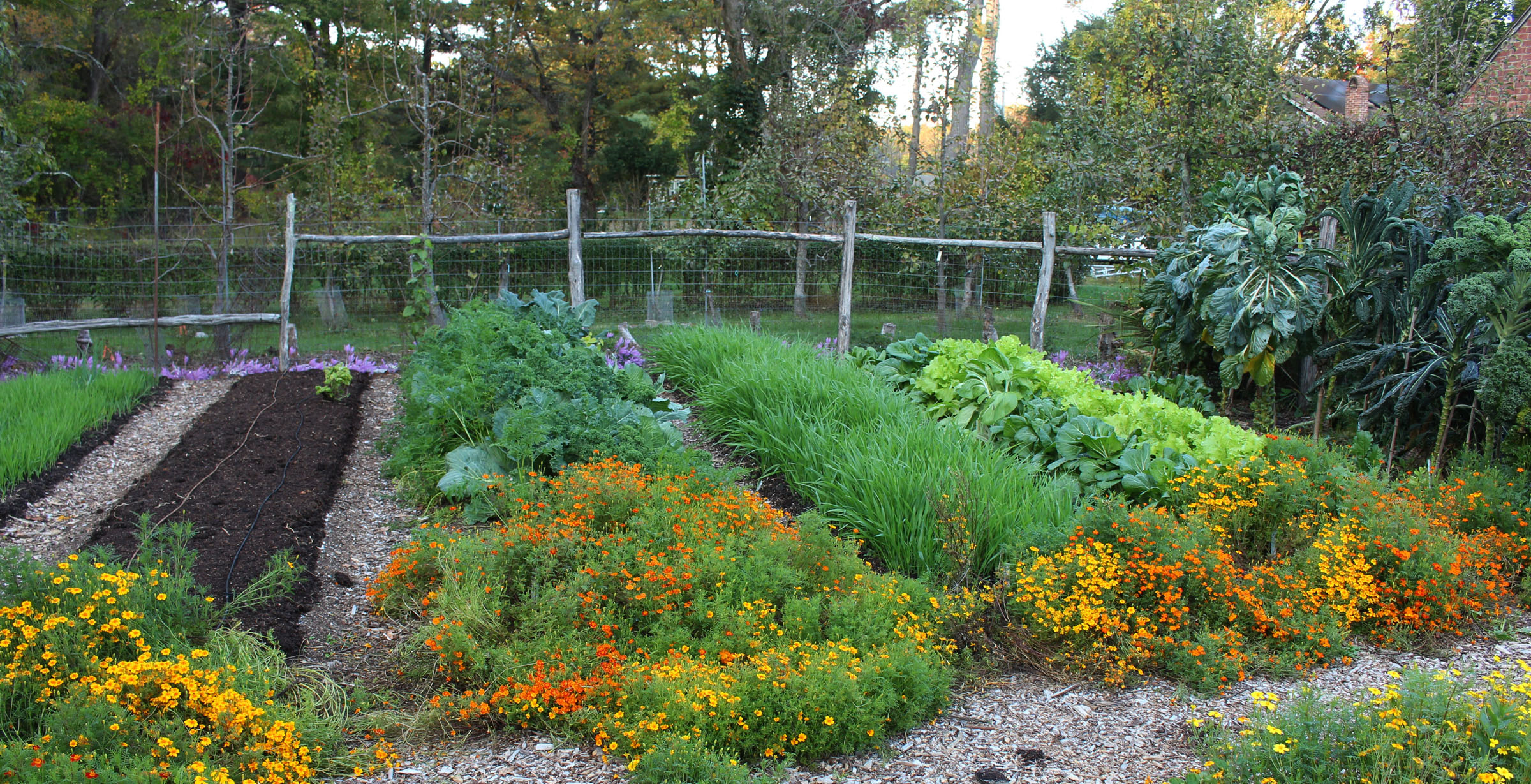FRESH, WINTER CORN SALAD
/1 Comment/in Vegetables/by Lee ReichA Welcome Weed
I am happy and proud to admit that I have firmly established a weed in my garden. That weed is corn salad (Valerianella olitoria). Not that it took a lot of effort on my part; this plant is after all a weed, one that got its name for the way it invades European corn fields — “corn,” in the Queen’s English, being any grain except for corn, which is “maize.” I can still call it a weed because a definition of a “weed” is any plant that shows up where it’s not desired; much of corn salad here comes up where I don’t want it to.
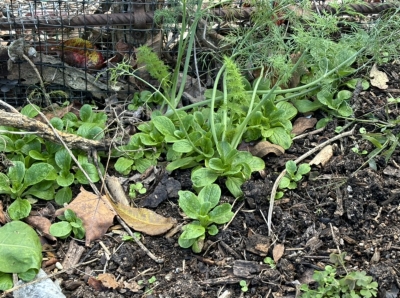
Corn salad, the weed
The second part of this weed’s name, “salad,” explains why I nonetheless want it in my garden. Read more
UPS AND DOWNS AND UPS WITH CHESTNUTS
/8 Comments/in Fruit/by Lee ReichThe Best of Them, No More
Of all species of chestnuts, none is finer than the American chestnut. This majestic tree towered to 100 feet high in America’s virgin forests and yielded a wood that was used in musical instruments, molding, fenceposts, barrel staves, even telephone poles. The nuts of American chestnut are deliciously sweet and flavorful. Or, so I have read and been told, having never tasted one myself.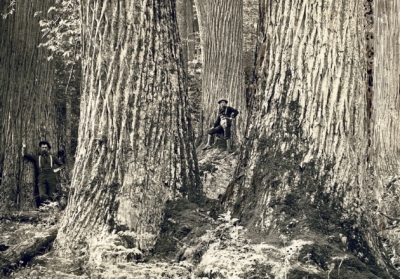
But the sturdy chestnut had its Achille’s heel — chestnut blight. The disease, accidentally introduced from Asia, was first noted at New York’s Bronx Zoo in 1906. It spread 25 to 50 miles a year and within 50 years had left 7 million acres of Appalachian forests with dead or dying chestnut trees.
The American chestnut is not gone, though. Trees cling tenaciously to life. Read more
AUTUMN’S LUSHNESS
/7 Comments/in Vegetables/by Lee ReichPreparation
How green is your vegetable garden? Mine is very. Summer long gone and frost in the air doesn’t have to bring on a scene of browned and ragged leaves clinging to withered stems.
My garden is green, having arrived at its present state of enthusiasm by, first, my keeping one step ahead of weeds. Especially after midsummer, some gardeners relax their grips on weed control, letting heat loving annuals like lamb’s-quarters, purslane, and pigweed take hold. And then cooler weather brings quackgrass and creeping charlie stealthily trying to . . . well, creep . . . in at the garden’s edges.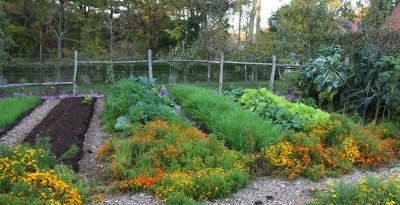
Regular weeding forays through summer and early fall took but a few minutes of my time — much less than the heroic effort firmly established weeds would have required. Read more

